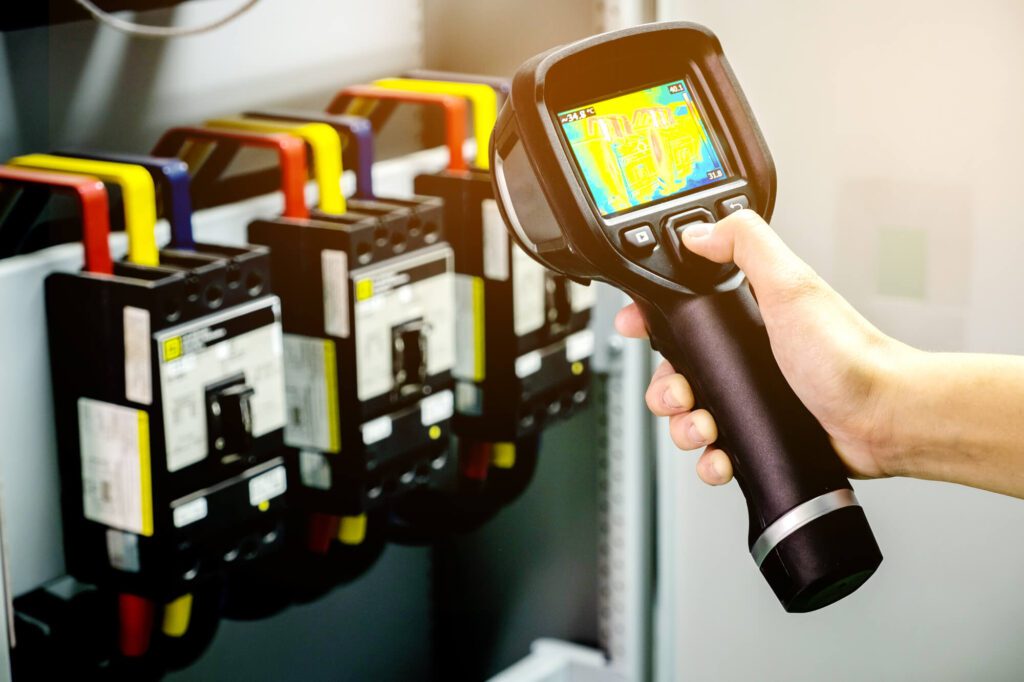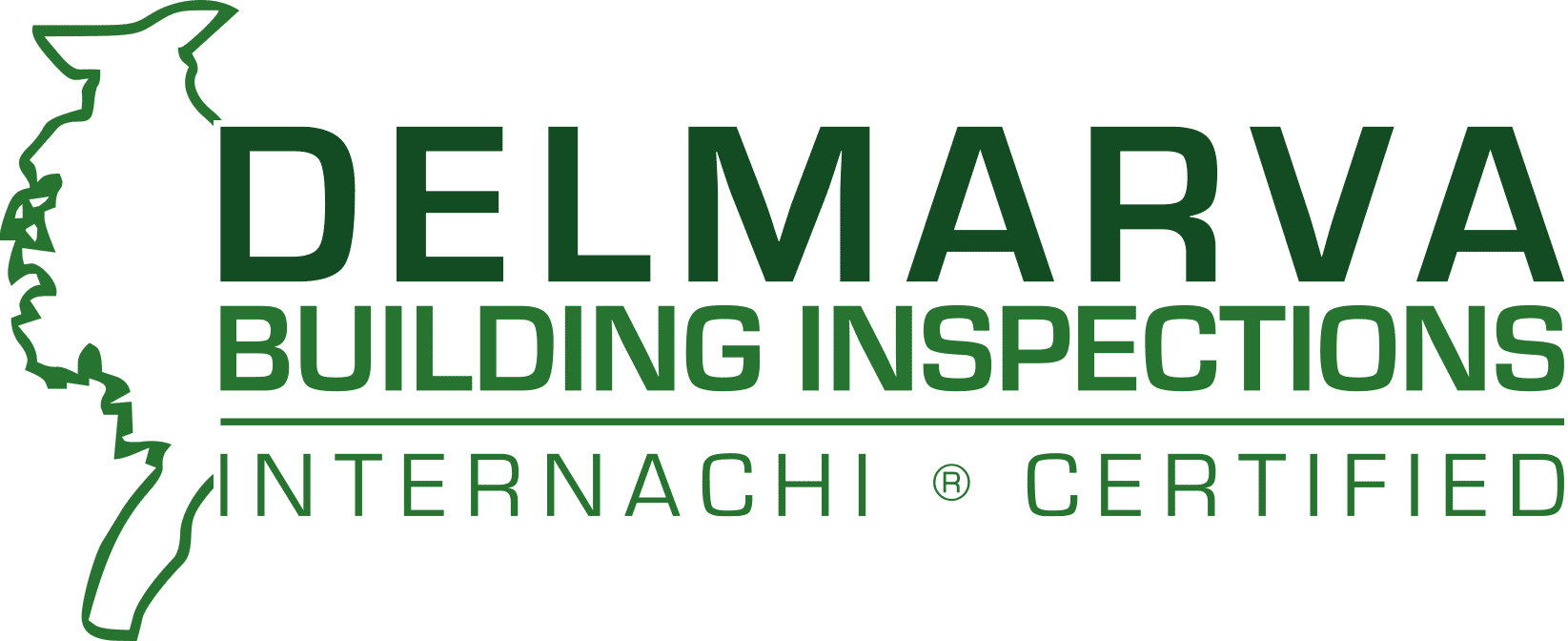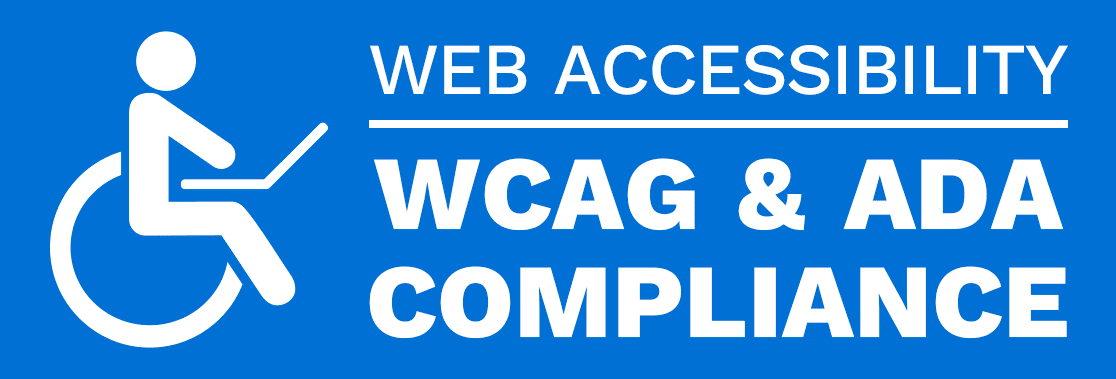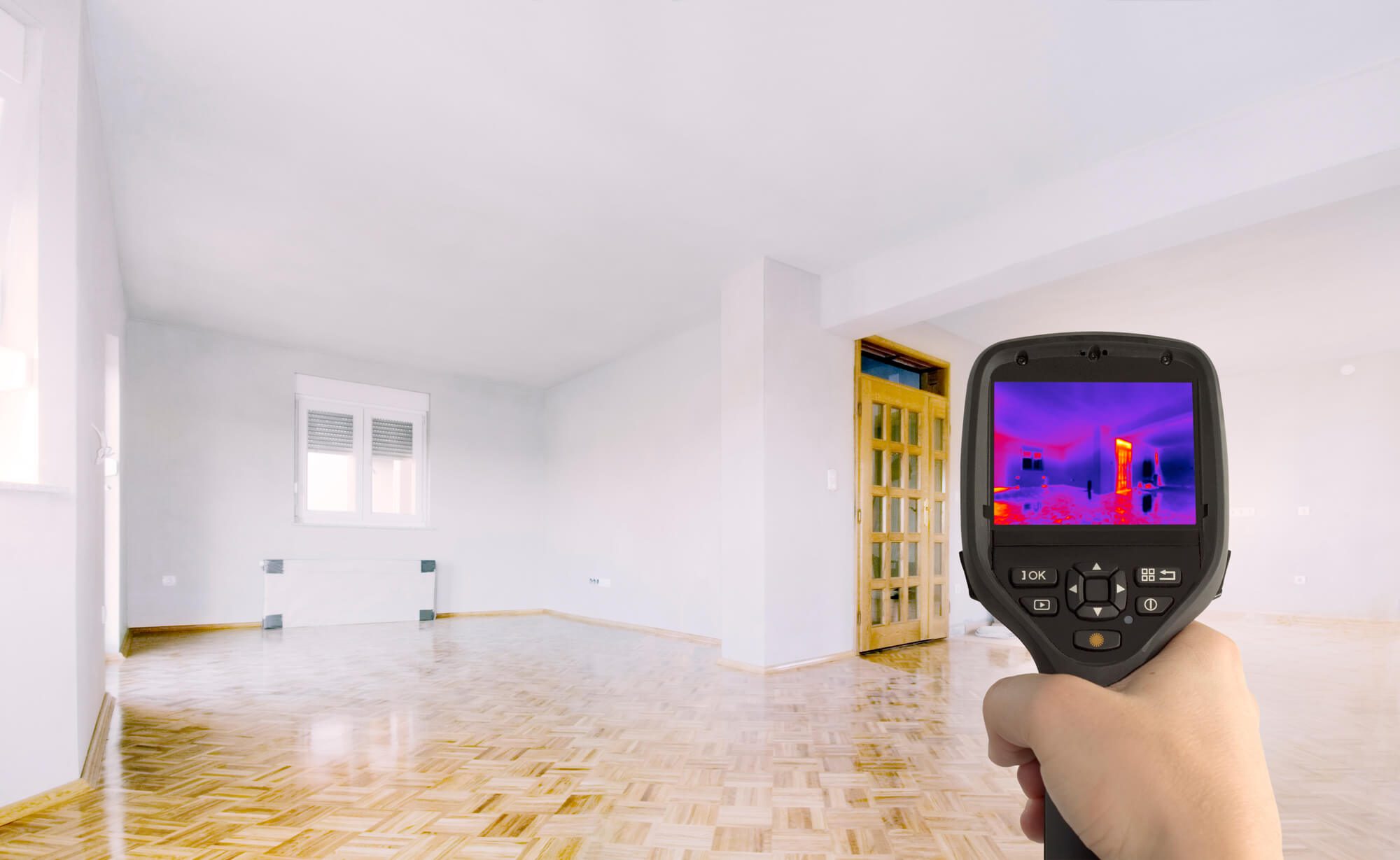The Benefits Of Thermal Imaging For Home Inspections
Thermal imaging, also known as thermography, is a powerful tool transforming how home and building inspections get completed. They can identify issues that may not be visible to the naked eye. Here are some benefits of using thermography during home inspections:
Detection of energy loss:
Thermal imaging can detect areas where heat is escaping from the home, such as around doors and windows, through walls and ceilings, and in poorly insulated areas. This can help homeowners save money on their energy bills and identify areas where insulation needs to be improved.
Identification of water damage:
Water damage can be difficult to detect, especially if it is hidden behind walls or under floors. However, thermal imaging can identify areas where water damage is present by detecting temperature changes caused by moisture.
Identification of electrical issues:
Electrical problems such as overloaded circuits and faulty wiring can be a severe safety hazard. In addition, thermography can detect areas where electrical components are overheating, indicating potential issues that must be addressed.
Detection of pests:
Thermal imaging can detect areas where pests such as rodents and insects are present, as they can cause changes in temperature due to their body heat.
Non-invasive:
Unlike other inspection methods, thermal imaging is non-invasive and does not the home or its components. Overall, thermography can be a valuable tool for home inspections, allowing homeowners to identify potential issues and take action before they become serious problems.

What Can Thermography Uncover?
Thermal imaging can uncover a wide range of issues and anomalies that may not be visible to the naked eye. Here are some examples of what thermography can uncover:
Heat loss and insulation issues:
Thermal imaging can detect areas where heat is escaping from a building, indicating where insulation is missing or insufficient.
Water damage and leaks:
Water can leave a thermal signature, and thermography can detect temperature variations that may indicate the presence of water or moisture.
Electrical issues:
Thermal imaging can detect hotspots in electrical systems, indicating areas where there may be a potential fire hazard or components malfunctioning.
HVAC issues:
Thermal imaging can detect heating, ventilation, and air conditioning (HVAC) system issues, such as blocked air ducts or improperly functioning components.
Pest infestations:
Thermography can detect the presence of pests such as rodents, insects, or termites, as they can cause temperature variations due to their body heat.
Structural issues:
Thermal imaging can detect structural issues such as air leaks, moisture intrusion, and heat loss through walls or roofs, which can cause damage to the building over time.
Overall, thermography can uncover a wide range of issues that may not be visible through traditional visual inspections, making it a valuable tool for building inspections and maintenance.
Do You Suspect Radon In Your Home Or Business? Call Us Today!
Can Thermal Imaging Save Homeowners Money?
Yes, thermal imaging can potentially save homeowners money in several ways:
Energy savings:
Thermography can identify areas where heat is escaping from a home, indicating where insulation is missing or insufficient. By addressing these issues, homeowners can improve the energy efficiency of their homes and reduce heating and cooling costs.
Early detection of issues:
Thermal imaging can detect issues such as water damage, electrical problems, and pest infestations before they become serious and require costly repairs.
Reduced repair costs:
By detecting issues early, homeowners can address them before they become major problems, potentially reducing the cost of repairs.
Improved property value:
By addressing issues detected through thermography, homeowners can improve their homes’ overall condition and energy efficiency, potentially increasing the property value.
Improved safety:
Thermography can detect potential safety hazards, such as electrical hotspots or structural issues, allowing homeowners to address them before they become serious safety concerns.
Overall, thermal imaging can be a valuable tool for homeowners looking to improve their homes’ energy efficiency, safety, and condition while potentially saving money in the long run.
Can Thermography Significantly Reduce The Risk Of Occupational Health & Safety Issues In A Home Or Business?
Yes, thermal imaging can significantly reduce the risk of occupational health and safety issues in both the home and workplace. Here are some ways in which thermography can help:
Electrical safety:
Thermography can detect hotspots in electrical systems, indicating areas where there may be a potential fire hazard or where components may be malfunctioning. By identifying these issues early, they can get addressed before they cause injury or damage.
Structural safety:
Thermal imaging can detect structural issues such as air leaks, moisture intrusion, and heat loss through walls or roofs, which can cause damage to the building over time and potentially pose safety hazards.
HVAC safety:
Thermal imaging can detect heating, ventilation, and air conditioning (HVAC) system issues, such as blocked air ducts or improperly functioning components. These issues can cause poor air quality and potentially pose health hazards to occupants.
Fire safety:
Thermography can identify hotspots in walls or ceilings, indicating areas where there may be a potential fire hazard. Identifying these areas early can be addressed before a fire occurs.
Chemical safety:
Thermal imaging can detect the temperature of chemicals in storage, indicating whether they are at a safe temperature or at risk of overheating or igniting.
Providing The Most Accurate Home Or Building Inspections
Overall, thermography can be a valuable tool for identifying potential safety hazards in both the home and workplace, allowing them to be addressed before they cause injury or damage. Delmarva Inspections Group uses state-of-the-art thermal imaging equipment to provide you with the most accurate home or building inspection.


















